Chainsaw Mill vs. Band Sawmill? A Comprehensive Comparison to Guide Your Choice
By Wood-Mizer, Europe
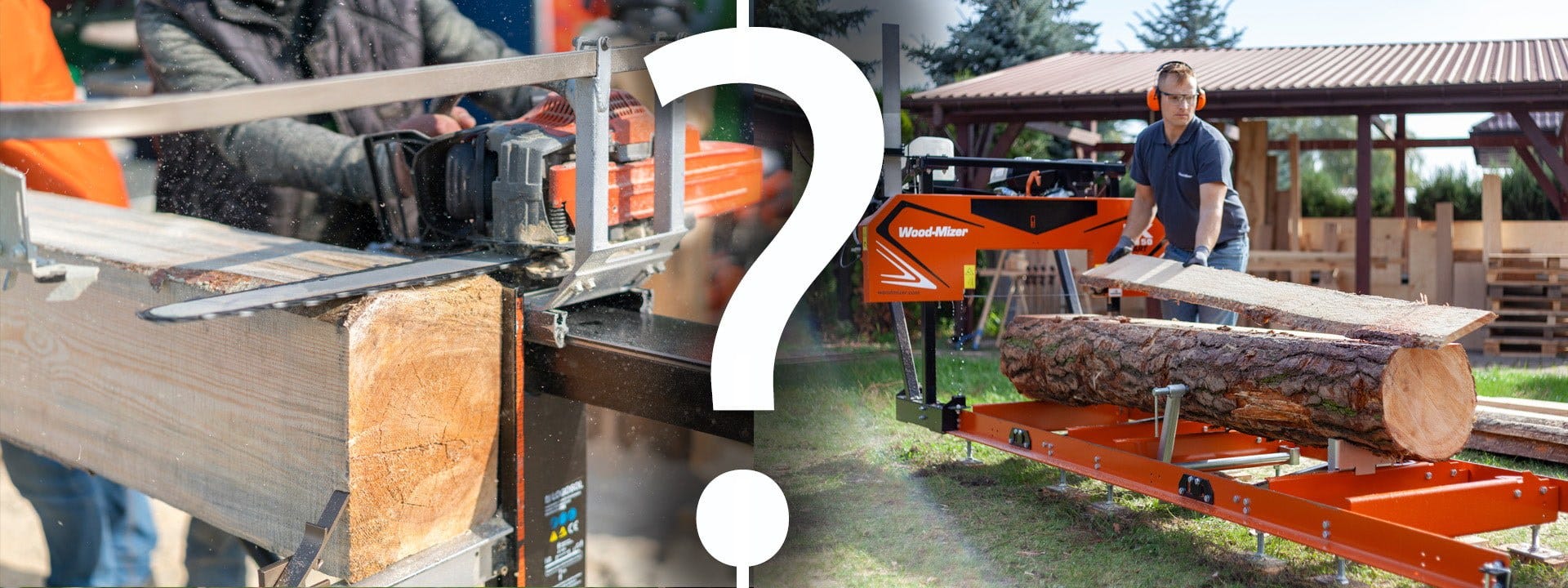
Small property owners and farmers occasionally need to cut logs into boards for projects like fence repairs or shed construction. Since log sawing is a relatively simple, infrequent task—necessary only for removing an old tree from the property or dealing with the aftermath of strong winds that have felled a dry tree—the initial solution might be to utilize an existing chainsaw by adding attachments for horizontal log cutting. Let's explore and compare the features of the band sawmill and the chainsaw mill, discussing their respective strengths and weaknesses.
Band Sawmill vs. Chainsaw Mill
Consider the Wood-Mizer LX50START, the smallest and most affordable model in the Wood-Mizer sawmill range, as an example of a band sawmill. It features a narrow bandsaw blade rotating on two blade wheels with a sawing head that moves along two rails. The sawing head cuts a log on the sawmill bed into boards one at a time. During sawing, the operator pushes the sawing head along the rails.
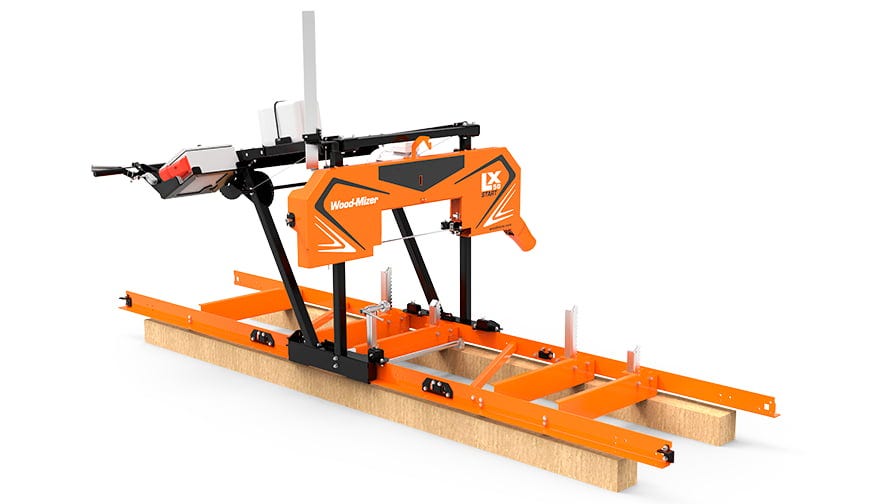

In the chainsaw mill, the working part is a bar with a chain mounted on a carriage in a horizontal position and moving along a track made of two rails. The chainsaw also cuts the log into boards one at a time, with the operator manually moving the chainsaw on the carriage along the rails.


The horizontal sawing of logs is the primary function of the band sawmill, whereas the chainsaw is designed for other tasks, such as trimming trees, falling down trees, preparing firewood, etc.
1. Bed Height Above Ground
The Wood-Mizer LX50START band sawmill features a low bed close to the ground, allowing logs to be rolled onto it using a cant hook. In contrast, the chainsaw mill has rails positioned high above the ground, limiting the weight (size) of the log that can be sawn and making log loading onto the frame more labor-intensive and time-consuming.
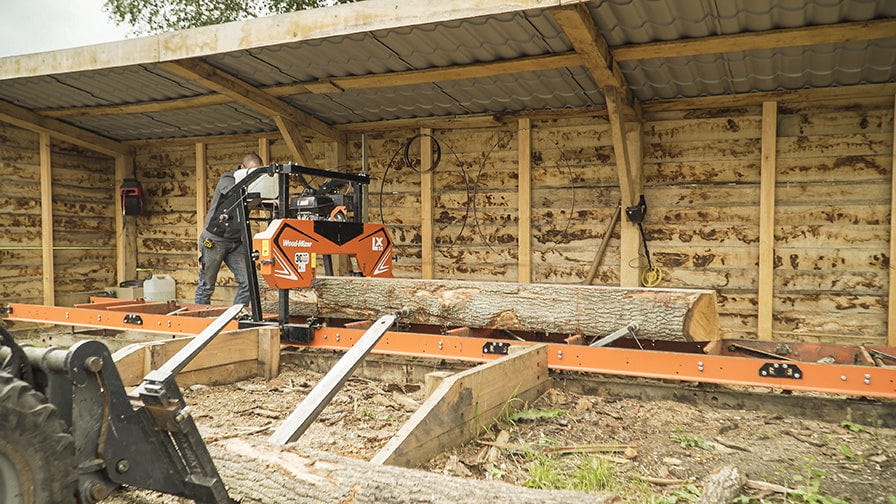

2. Log Diameter Limitations
The band sawmill has a larger log diameter capacity. For instance, the smallest LX50START sawmill can cut logs up to 66 cm in diameter, whereas chainsaws have a smaller capacity limited by the length of the chainsaw bar. The cutting length depends on the length of the rail track, and in both methods, it can be extended by attaching frame segments. However, the band sawmill provides high precision over the entire cut length, and the chainsaw mill primarily saws thin and short logs.


3. Blade Kerf Thickness and Waste
The kerf of a narrow band blade is no more than 2 mm. Essentially, this is a “green” technology because the band blade produces more boards from each log, with less sawdust than the chainsaw, which has a minimum of 5 mm kerf thickness.
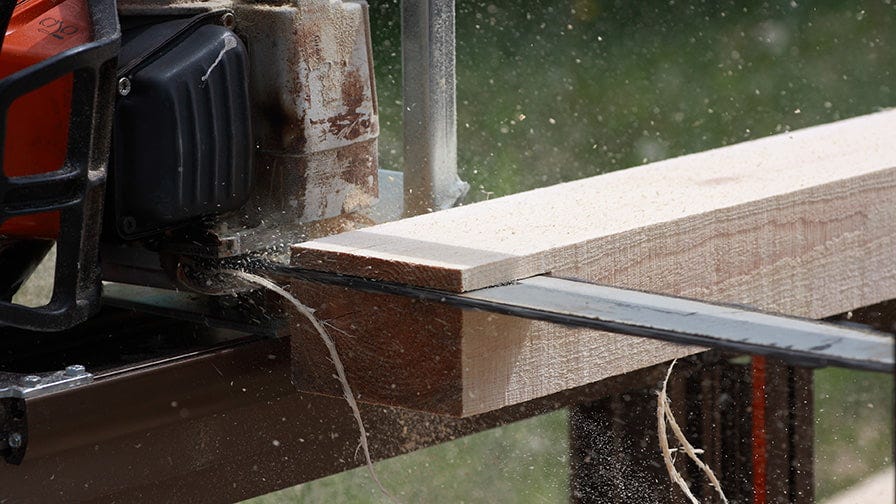

4. Motor Power
The LX50START band sawmill is equipped with a 4 kW electric motor or, on request, a 9 HP Kohler gasoline engine. Most standard chainsaws have less powerful engines and are not designed for continuous operation, which is necessary to achieve a high-quality board surface throughout the cut.


5. Sawing Dry Material
The band sawmill can successfully saw any type of wood, including softwoods and hardwoods, fibrous and resinous species, extremely hard tropical wood, and deadwood. Chainsaws are designed for trimming living trees and fresh-sawn wood, and the drier and denser the material, the more challenging it is to cut with a chainsaw.
6. Cut Surface Quality
The band sawmill produces a smooth, accurate cut, whereas a chainsaw yields a rough, wavy surface. Boards made on a band sawmill can be used without further processing for external structures like fences, sheds, and barns. However, the boards need to be planed for interior applications, furniture, windows, and flooring. Precisely cut boards from the band sawmill require less tolerance when planing, meaning less wood is turned into chips, planer knives stay sharp longer, and there are lower sharpening costs than planing lumber made by a chainsaw.
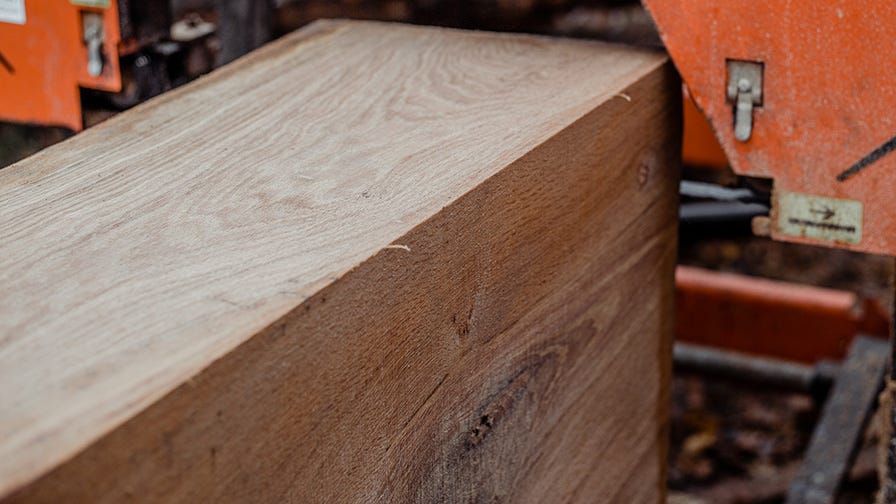

7. Ergonomics and Comfort of Use
Handheld chainsaws produce more noise and vibration than band sawmills, and the band sawmill's ease of use and maintenance is significantly higher than that of a chainsaw mill.


8. Sawmill Weight and Compactness
A chainsaw and all additional accessories for horizontal cutting are lightweight; they can be loaded into the trunk of a car, brought to the forest, assembled on-site, and used directly in the woods. After work, the setup is disassembled and stored in a garage, which takes up little space.
Wood-Mizer manufactures portable sawmills, which can be brought to the forest or work site. However, for stationary sawmills like the LX50START and LX50SUPER, the owner receives it from the Wood-Mizer factory disassembled on a pallet, assembles it following the instructions, and sets it up in a garage or under a shelter without the need to disassemble and reassemble it.
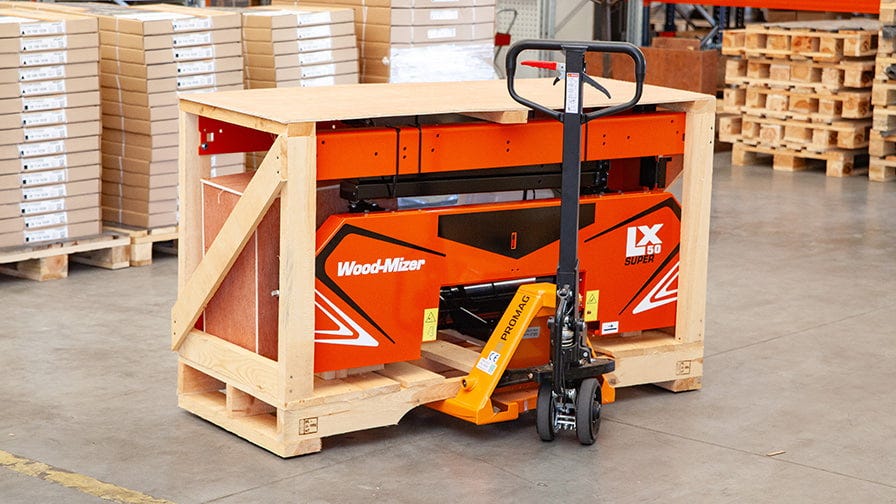

The band sawmill occupies more space when not in use. However, the greater weight of the bed and the sawing head are also advantageous because they allow for cutting larger and heavier logs.


Which Sawmill is More Cost-Effective?
As we've already explained, horizontal sawing of logs into boards is not a primary function of the chainsaw. The main reason people choose this method is the price.
"We just need to saw a couple of logs, and we already have a chainsaw," they reason. In such cases, they only need to purchase rails and a carriage.
Wood-Mizer understands the needs of such sawyers, so the company has tried to create an entry-level sawmill at the lowest price on the market.
Wood-Mizer engineers aimed to reduce the price of the machines while maintaining high-quality sawing. Thus, the LX50START and LX50SUPER band sawmill models emerged, which are more cost-effective than chainsaw mills of the same cutting length. Visit the Wood-Mizer online store now to check the prices of the LX50 machines.
Watch a video in which our expert, Mr. Klaus Longmuss, the director of Wood-Mizer Germany, compares two Wood-Mizer sawmill models, LX50START and LX50SUPER, and explains their features. The video has subtitles that can be automatically translated into your language. To do this, click the Settings icon in the bottom right corner of the video, press "Translate subtitles," and select your language.
Why a Chainsaw is Essential in a Household
Our comparison would be incomplete without highlighting an important distinction: band sawmills are solely designed for the sawing of wood, while handheld chainsaws are multifunctional tools that can be used for trimming bushes, cutting logs into firewood, felling trees, etc. Therefore, nearly every Wood-Mizer sawmill owner also uses a chainsaw as an auxiliary tool in their woodcutting work.
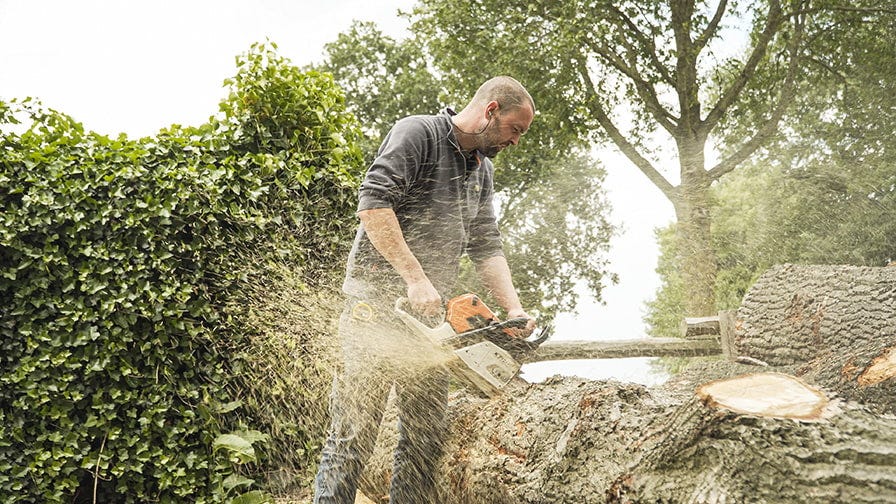

How a Band Sawmill Can Change Your Life
However, the benefit of a band sawmill is that it quickly pays off and can mark the beginning of a significant journey, especially for those who enjoy woodworking, working outdoors rather than in an office, and being an independent entrepreneur.
A Hobby That Pays
If woodworking is your hobby, sawing wood on a band sawmill will bring you pleasure and income. Customers will be ready to buy your products if you offer services to supply quality lumber.


A Retirement Activity
If you want to stay active in retirement and want to work with wood, consider a sawmill with hydraulics for loading logs. Operating such a sawmill is a pleasure, and all manipulations with heavy logs are quickly done from the operator's console.
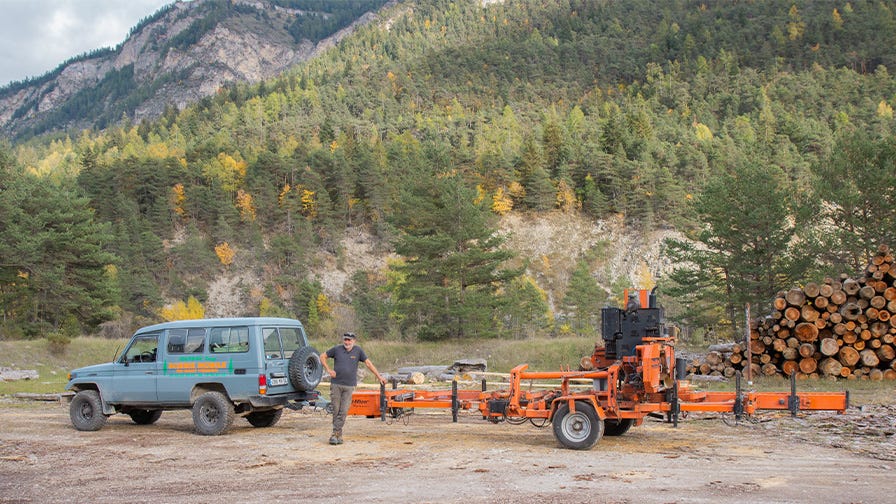

Tool for home maintenance and neighborhood assistance
A band sawmill is a great way to prepare material for repairs of all kinds of wooden structures around the home (e.g., fence, gate, gazebo, or deck repairs) and help neighbors needing wood for their work and projects.
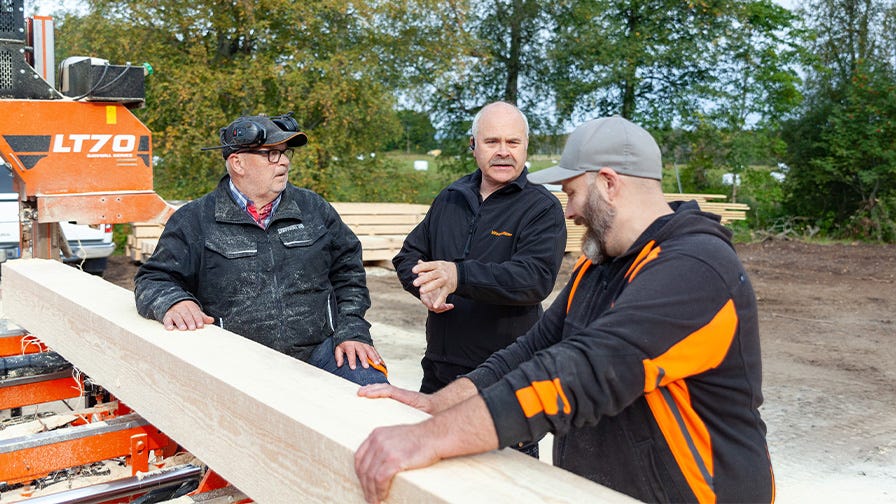

A Business Idea in Development
If you are starting your professional journey in sawmilling, an entry-level sawmill is a safe, small investment that will pay off quickly. As your business develops and new clients and orders appear, you can sell this machine and buy a new, more powerful one that meets the growing needs of your business. The good news is that Wood-Mizer sawmills being used are eagerly purchased in the market.
Throughout its more than 40-year history, Wood-Mizer has produced over 100,000 band sawmills. Many owners of these machines have followed a path of gradual development and modernization of their equipment, from small mills like the LT15 and LX50 to professional machines such as the LT20, LT40, and LT70, and in some cases, to large sawmilling operations with industrial Wood-Mizer lines. Here, you can read stories of entrepreneurs from various countries worldwide with Wood-Mizer sawmills, which may inspire you with your business idea in sawmilling.
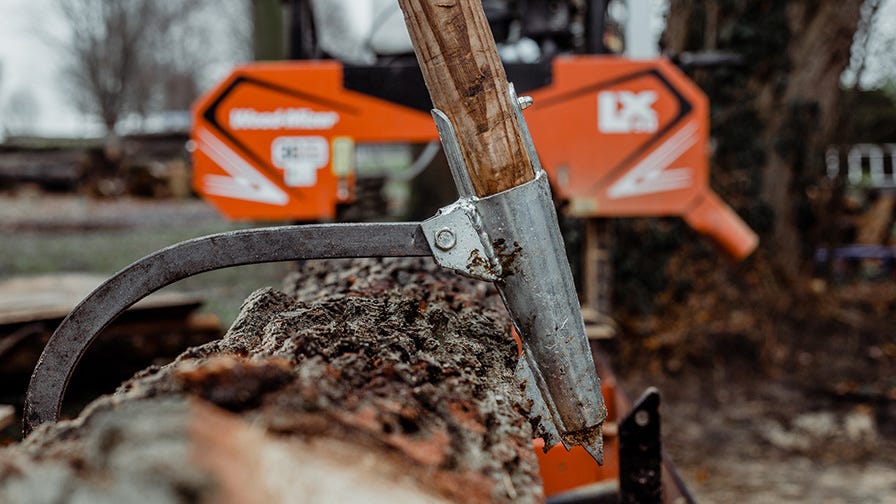

***
